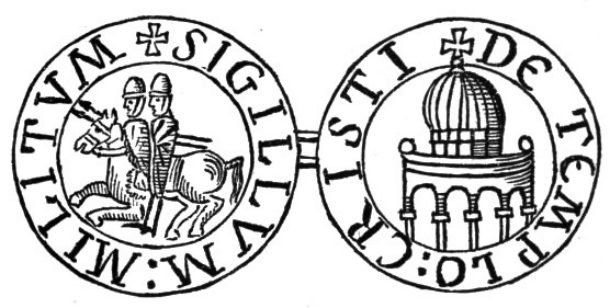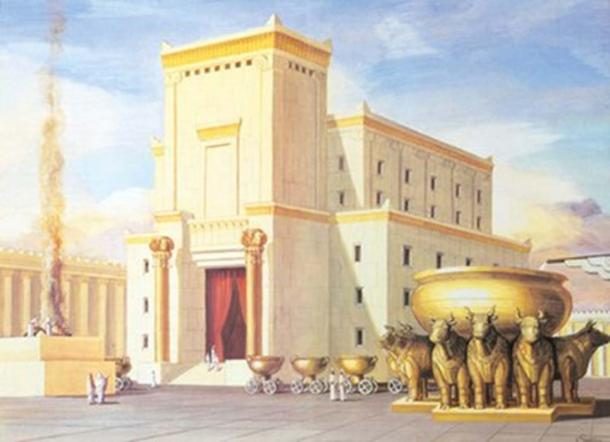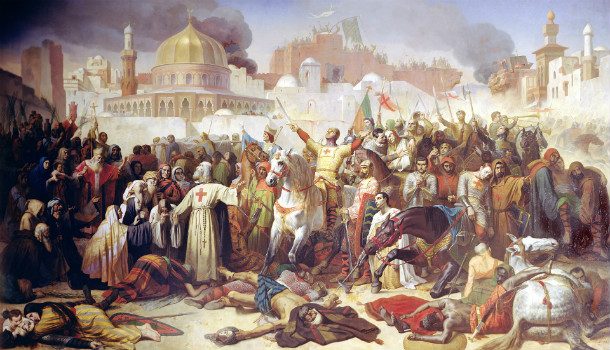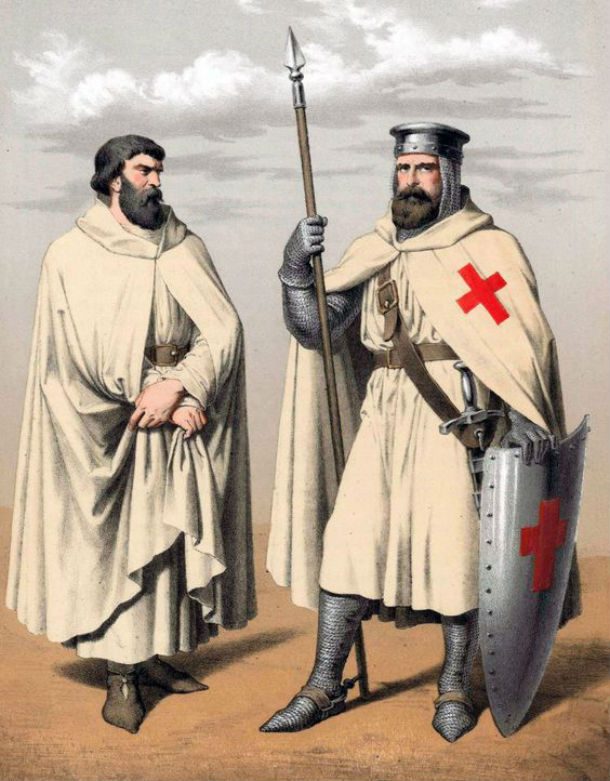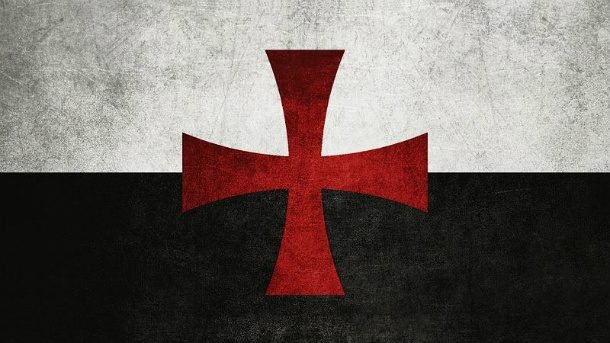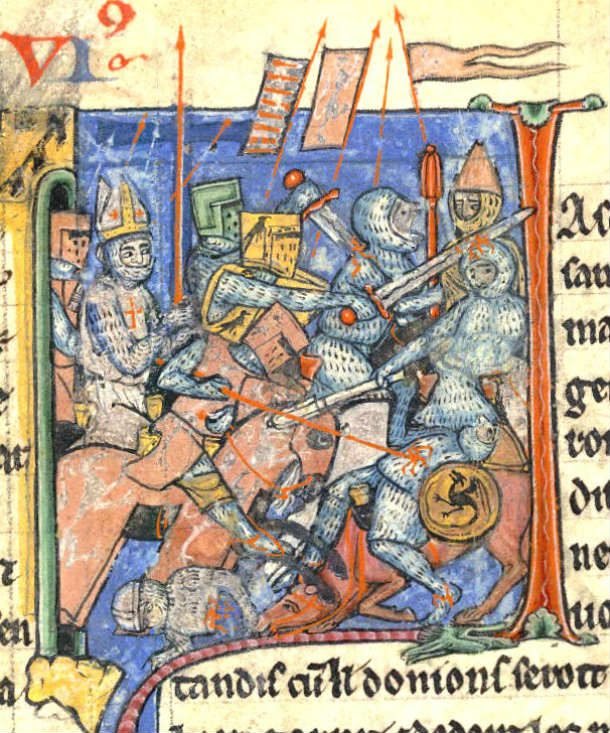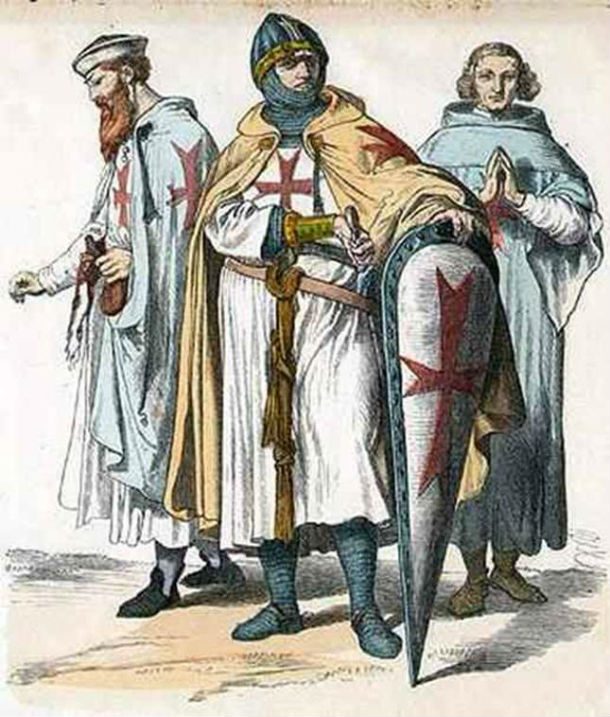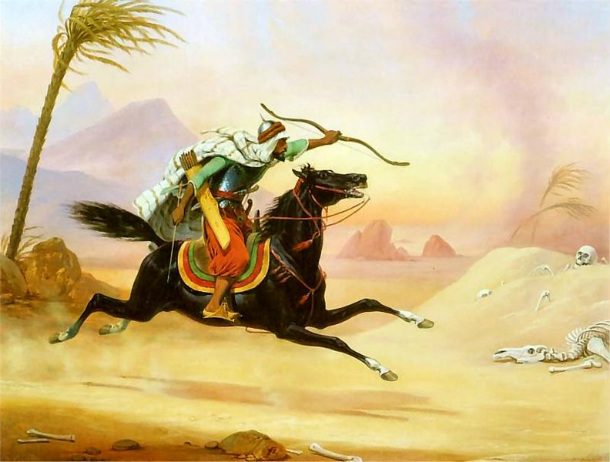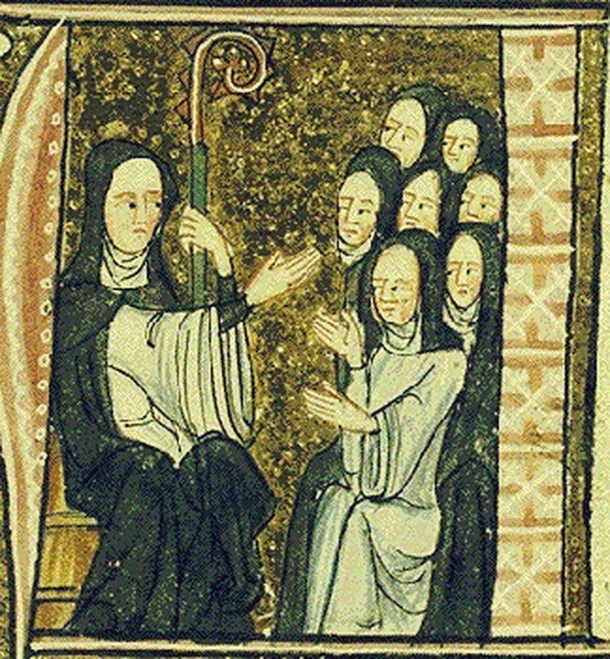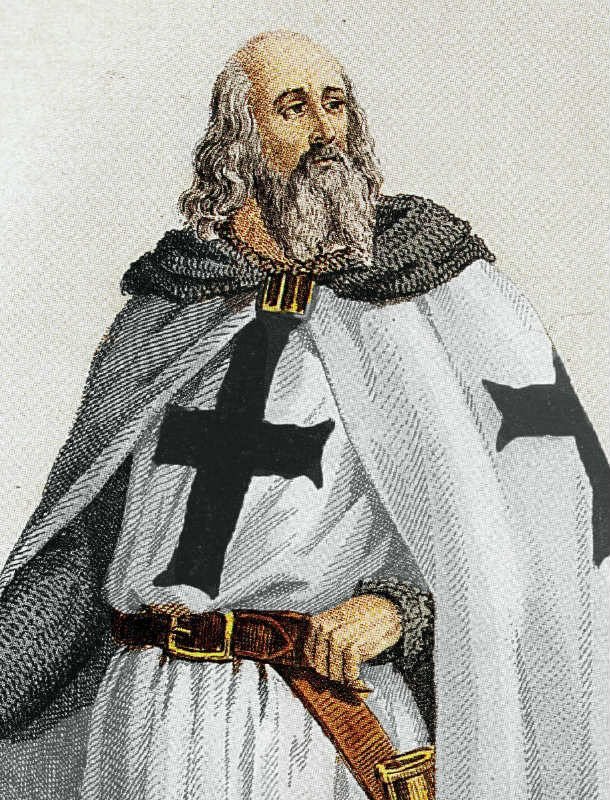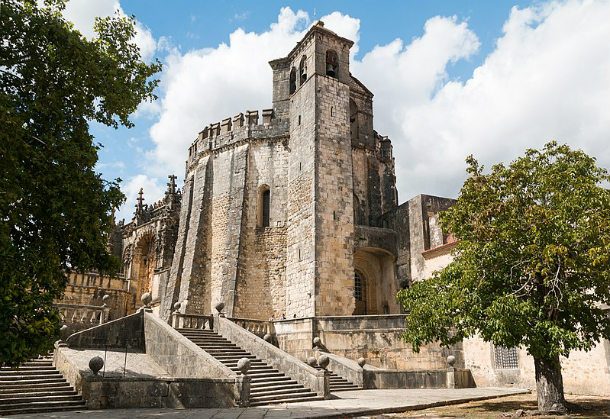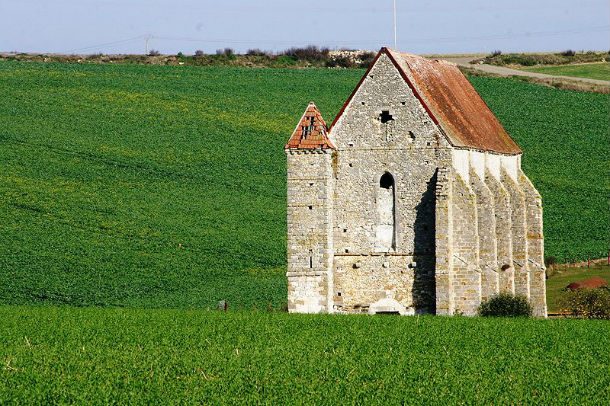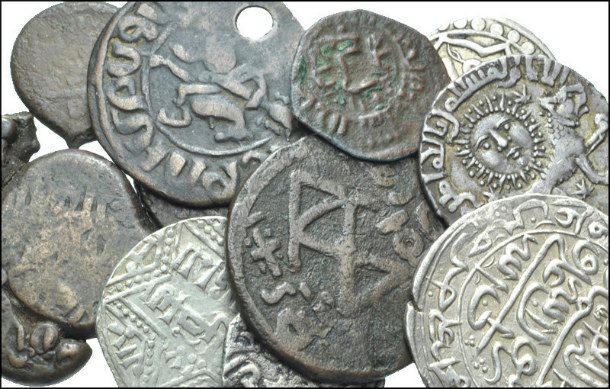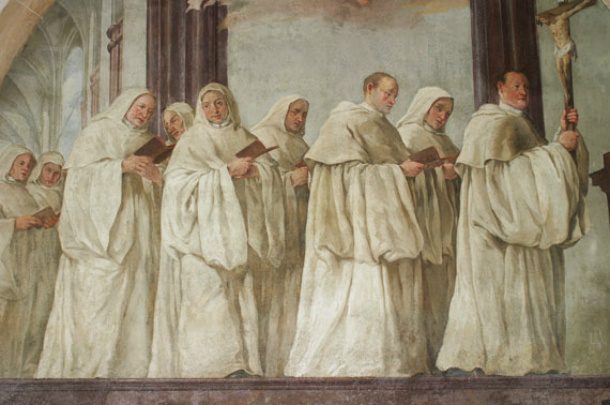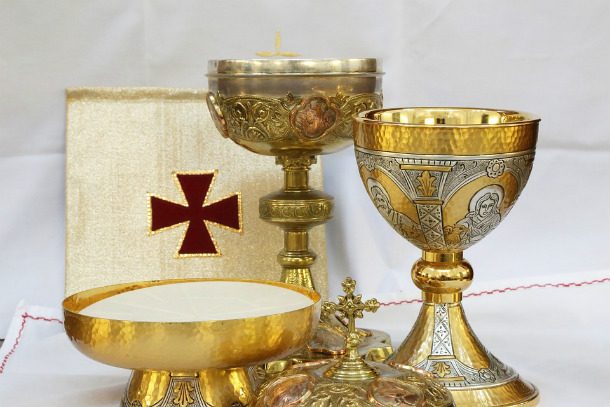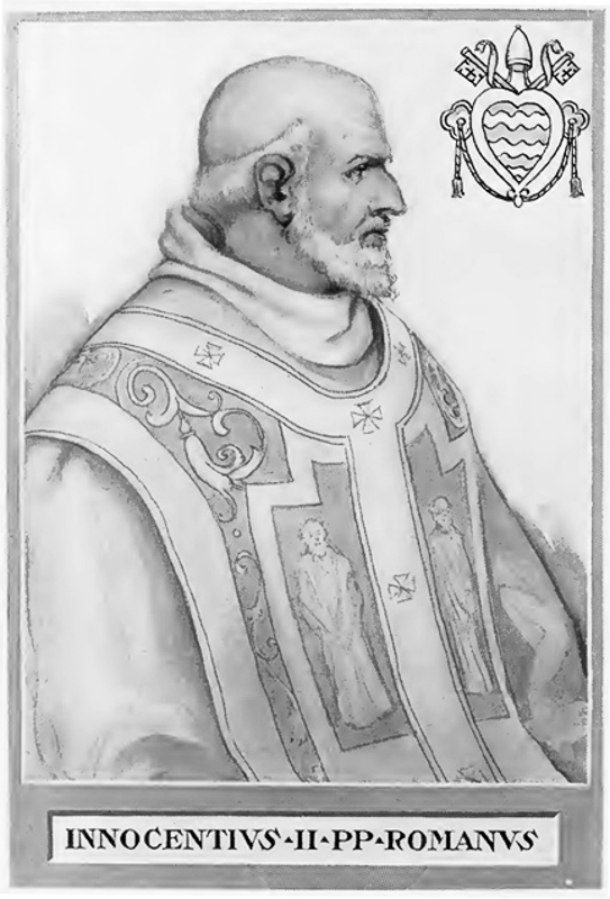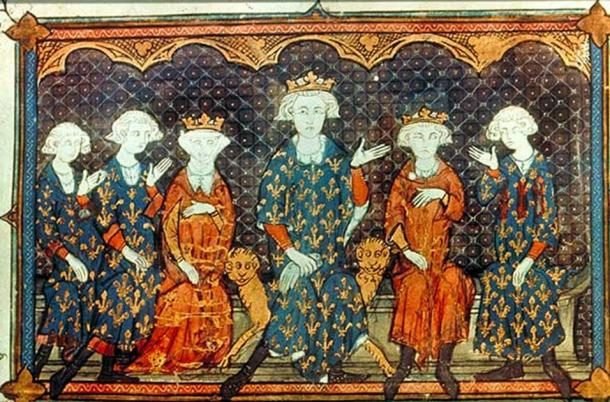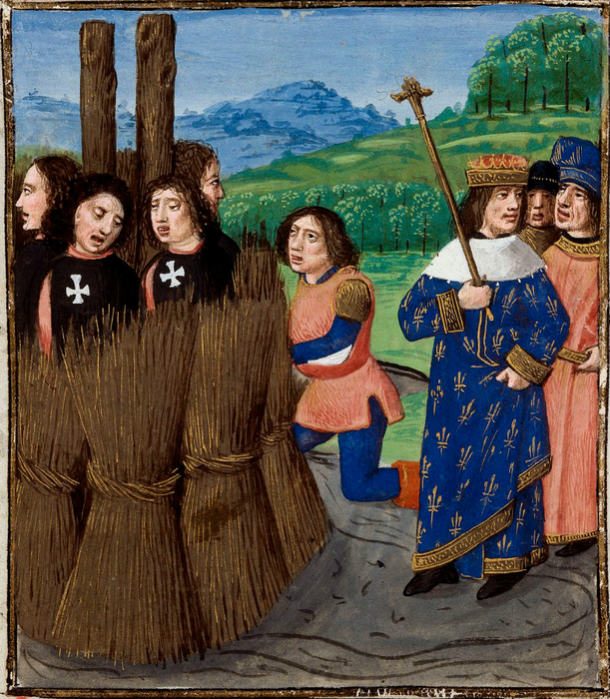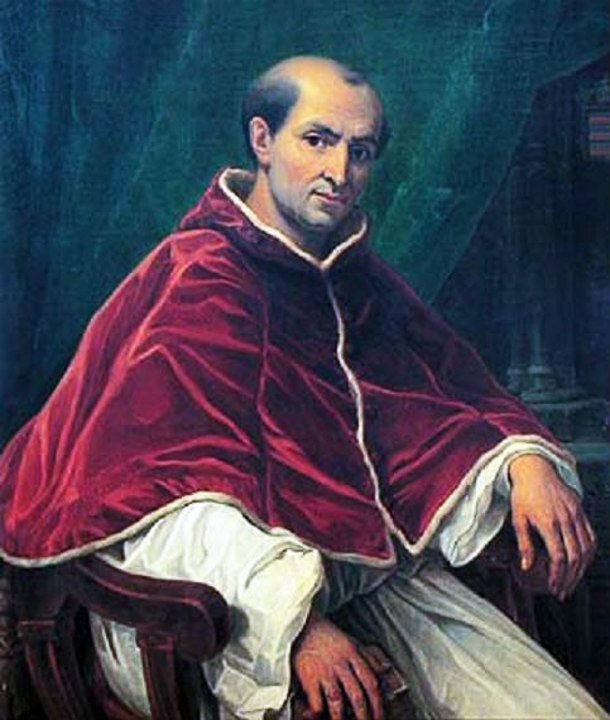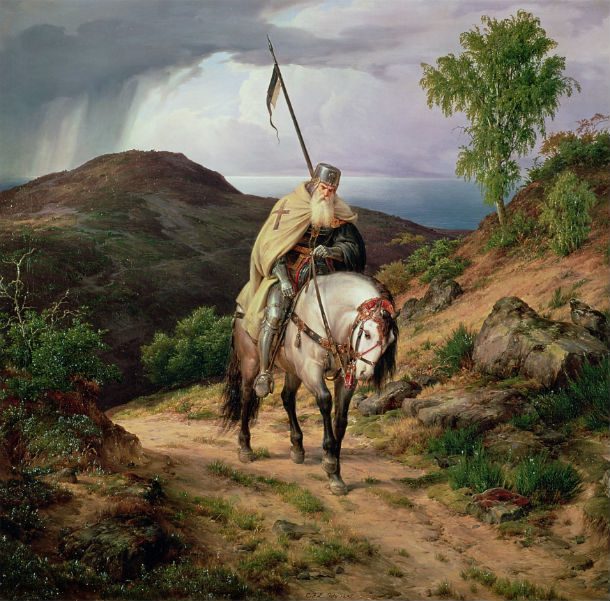In 1119, some of the knights who had fought in the first Crusade banded together with the blessing of King Baldwin II of Jerusalem to form the order that would later come to be know as the Knights Templar; an order of monastic warriors devoted to protecting the pilgrims of Jerusalem and the surrounding kingdoms known as the “Outremers.” They helped to secure victories in many major conflicts such as the siege of Acre in 1189-1191 CE, the battle of Montgisard in 1177, the conquering of Damietta in 1218-1219. Unfortunately, they also participated in the controversial and brutal sack of Constantinople in 1204. There, the Crusader forces were called on to defend the ancient city from invaders, but instead, they pillaged and destroyed the city themselves. While simple in concept, the tactic was incredibly difficult to pull off in the heat of battle and required excellent organization, horsemanship, and well-armed soldier units trained to exploit the tactic. The technique almost always secured a victory when executed effectively. However, when imperfect, there was a chance it could leave the knights scattered and stranded behind enemy lines. In reality, no proof of the Templars searching for, or much less recovering, any of the legendary relics exists, and some historians believe stories of Templars trying to retrieve the Holy Grail are actually allegories meant to represent the Templar effort to retake Jerusalem during the Crusades. Rumors of corruption and avarice spread across the continent, encouraged by the kings and nobles who felt threatened by or were just jealous of the Templars. One such enemy was King Philip IV of France, whose hatred and distrust of the Templars was the spark that would eventually bring an end to the order once and for all. Philip extracted confessions from a number of the knights, including the last surviving Grand Master Jacques de Molay, through torture. He eventually convinced Pope Clement V of their guilt, leading to the arrest and subsequent burning at the stake of all Templars throughout Western Europe. Although many historians argue about what exactly drove King Philip to such measures against the Knights Templar, one of the most prevailing theories was he owed them more money than he could afford to pay. From it we can learn how the pope was pressured into disbanding the order by the king of France, and it has since led the Roman Catholic Church to officially acquit all of the Templars tried and executed on charges of heresy. Although that time is relatively short in relation to some of the other religious orders such as the Knights Hospitaller and the Teutonic Order, there is no doubt that the impact of the Knights Templar shaped the development of the western world for centuries after their eventual destruction. Even today the memory of what the Templars were and what they stood for lives on in our books, movies, and video games. Love them or hate them, there is no doubt that the legend of the Templars will continue to intrigue us long into the future. You love history. That’s okay; we do, too. You should read Bizarre Facts to Put History into Perspective


